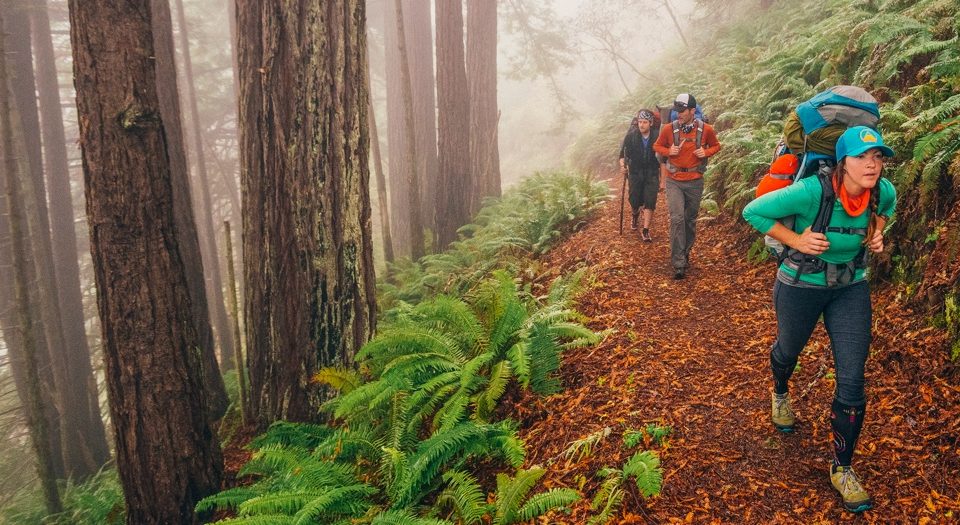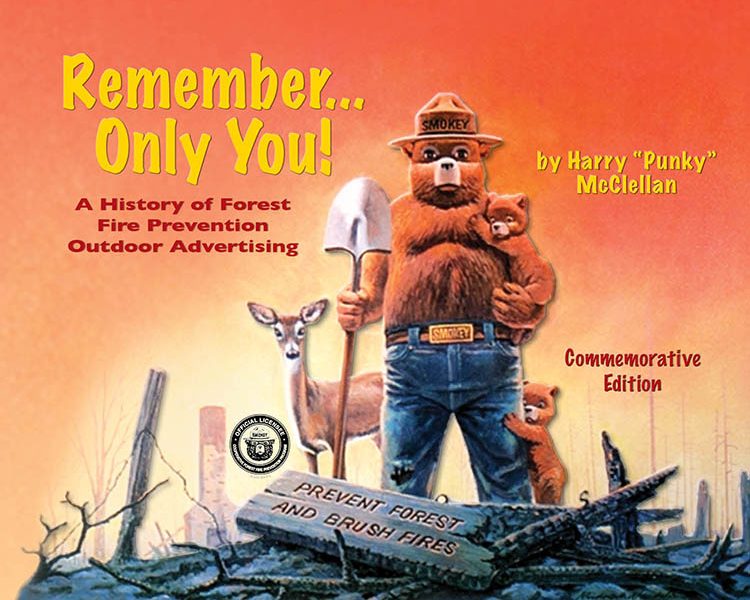BLM Dispersed Camping Rules California: Your Essential Guide to Free Camping on Public Lands

Escaping to the vast open spaces of California’s BLM lands offers an unmatched sense of freedom for outdoor enthusiasts. Away from crowded campgrounds and reservation systems, dispersed camping on Bureau of Land Management property provides a genuine wilderness experience. But before you pack up your gear and head out, understanding the specific rules governing these public lands is essential for both your enjoyment and the preservation of these natural treasures.
What Exactly is BLM Dispersed Camping?
Dispersed camping on BLM land means setting up camp outside of designated campgrounds. Unlike developed campsites with amenities like picnic tables, fire rings, and restrooms, dispersed camping is a back-to-basics experience where you bring everything you need and leave no trace behind.
California boasts millions of acres of BLM land, particularly in the desert regions of Southern California and the eastern Sierra Nevada. These areas offer spectacular landscapes from rugged mountains to expansive desert vistas, providing countless opportunities for solitude and adventure.
The 14-Day Rule: Understanding Your Stay Limits
The most fundamental rule of BLM dispersed camping in California is the 14-day limit. Visitors may camp in one location for no more than 14 days within any 28-day period. After your two-week stay, you must move at least 25 miles from your previous spot if you wish to continue camping on BLM land.
This rule exists for good reason – it prevents long-term occupation of public lands, minimizes environmental impact on any single location, and ensures these areas remain available for all to enjoy. Rangers do monitor popular camping areas, so adhering to this timeframe is important to avoid potential fines.
Choosing Your Campsite Responsibly
When selecting your dispersed camping location on California BLM land, follow these essential guidelines:
- Camp at least 200 feet away from any water source to protect riparian areas and water quality
- Use existing campsites that show signs of previous use rather than creating new disturbed areas
- Stay within 150 feet of established roads (do not create new paths)
- Avoid camping in dry washes or riverbeds due to flash flood danger
- Never set up camp near historical or archaeological sites
- Choose naturally clear areas instead of clearing vegetation
Popular BLM areas for dispersed camping in California include Alabama Hills near Lone Pine, areas surrounding Joshua Tree National Park, and the vast expanses of the Mojave Desert. These locations offer stunning scenery but also experience higher visitation, so finding previously used sites is typically easy.
Fire Regulations: A Critical Responsibility

California’s fire danger cannot be overstated, and regulations regarding campfires on BLM land are strictly enforced. Before planning to have a campfire:
- Check current fire restrictions for the specific BLM area you’ll visit – complete fire bans are common during high fire danger periods
- Obtain a California campfire permit, which is required for any open flame (available free online through the California Department of Forestry and Fire Protection)
- Only use existing fire rings if fires are permitted
- Never build a fire on days with high winds
- Keep fires small and manageable
- Have plenty of water on hand to fully extinguish your fire
During summer months and drought periods, fire restrictions typically prohibit open flames entirely, so be prepared with alternative cooking methods like propane stoves (which usually require permits as well).
Leave No Trace: The Golden Rule of BLM Camping
The sustainability of dispersed camping depends entirely on visitors following Leave No Trace principles. On California BLM lands, this means:
- Pack out all trash, including food scraps and toilet paper
- Use portable toilet systems or dig proper catholes at least 6-8 inches deep and 200 feet from water sources
- Store food securely to avoid attracting wildlife
- Respect quiet hours and keep noise to a minimum
- Leave natural and cultural artifacts undisturbed
- Use biodegradable soap for washing, away from water sources
The desert ecosystems of many California BLM lands are particularly fragile, with slow recovery rates from damage. Your commitment to minimal impact camping helps preserve these unique environments for future generations.
Seasonal Considerations for California BLM Camping
California’s diverse geography means BLM camping experiences vary dramatically with the seasons:
- Desert regions (like those near Joshua Tree or the Mojave): Ideal in fall, winter, and spring. Summer temperatures regularly exceed 100°F, creating dangerous conditions.
- Eastern Sierra areas: Perfect for summer and early fall, while winter brings snow and limited access to many roads.
- Northern California BLM lands: Generally best from late spring through fall, with wet winter conditions limiting access.
Always check road conditions before heading out, as many BLM access roads are unpaved and can become impassable after rain or snow.
Finding the Best BLM Dispersed Camping Spots in California
Some of the most rewarding BLM dispersed camping in California can be found in these regions:
- Alabama Hills: Nestled beneath the dramatic eastern Sierra Nevada near Lone Pine, offering incredible views of Mt. Whitney
- Trona Pinnacles: Unique tufa spire formations providing otherworldly camping experiences
- Coyote Holes: Near Joshua Tree National Park with similar desert landscapes without the park restrictions
- Saline Valley: Remote hot springs and desert camping for the truly adventurous
- Jawbone Canyon: Popular with off-road enthusiasts in the western Mojave Desert
Using navigation apps specifically designed for overlanding and dispersed camping can help locate these areas, but always have physical maps as backup since cell service is limited or nonexistent in many BLM regions.
Long-Term Visitor Areas: An Alternative Option
For those seeking extended stays on California BLM land, Long-Term Visitor Areas (LTVAs) provide an exception to the standard 14-day rule. Located primarily in Southern California’s desert regions, LTVAs allow camping for up to 7 months with the purchase of a long-term permit.
The Imperial Dam LTVA near Winterhaven and the La Posa LTVA near Quartzsite (just across the Arizona border) are popular with “snowbirds” seeking warm winter camping. These areas require permits ranging from $40 for two weeks to $180 for the entire seven-month season, offering a budget-friendly alternative to traditional campgrounds.
Wildlife Safety on California BLM Lands
California’s diverse BLM lands host a variety of wildlife that requires respect and caution:
- Store food in secure containers to prevent attracting bears (in mountain regions), coyotes, and smaller critters
- Be aware of rattlesnake habitat, particularly in desert regions
- Watch for scorpions and check shoes and gear in desert camping areas
- Maintain distance from all wildlife encounters
- Never feed wild animals, which creates dangerous dependencies
Planning Your BLM Dispersed Camping Trip
Before heading out to California’s BLM lands, complete these essential planning steps:
- Research your specific destination on the BLM website or call the local field office
- Check current fire restrictions and obtain necessary permits
- Download offline maps, as cell service is unreliable
- Prepare for self-sufficiency with ample water (1 gallon per person per day at minimum)
- Pack appropriate waste disposal systems
- Share your itinerary with someone not in your traveling group
- Prepare for weather extremes and emergency situations
Conservation Through Responsible Use
The freedom to enjoy dispersed camping on California’s BLM lands comes with significant responsibility. These public lands face increasing pressure from visitation, making thoughtful camping practices more important than ever.
By following established rules, practicing Leave No Trace principles, and treating these landscapes with respect, you help ensure that dispersed camping opportunities remain available for future generations. The sustainability of this form of recreation depends entirely on the collective stewardship of all visitors.
California’s BLM lands offer some of the most accessible wilderness experiences in the state, free from the constraints of developed campgrounds. With proper preparation and a commitment to responsible practices, your dispersed camping adventure can provide unforgettable connections with the Golden State’s remarkable landscapes.
Remember that specific regulations may change, so always verify current rules with the appropriate BLM field office before your trip. With the right knowledge and respect for these public lands, your California BLM camping experience will be both rewarding and sustainable.